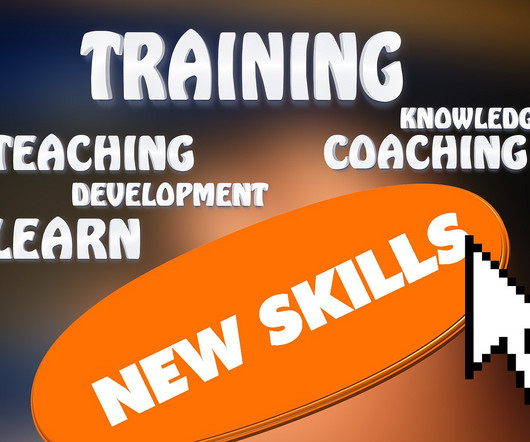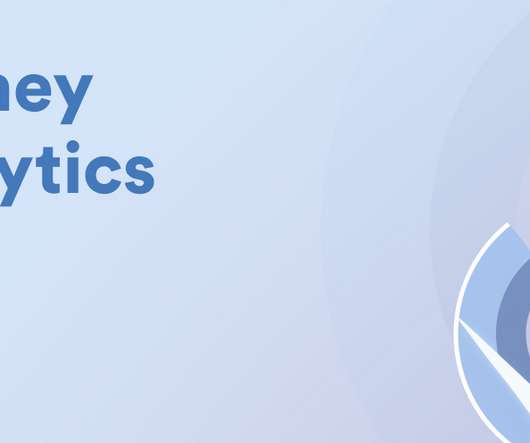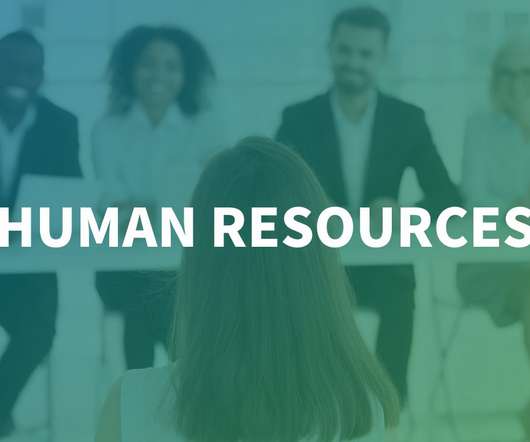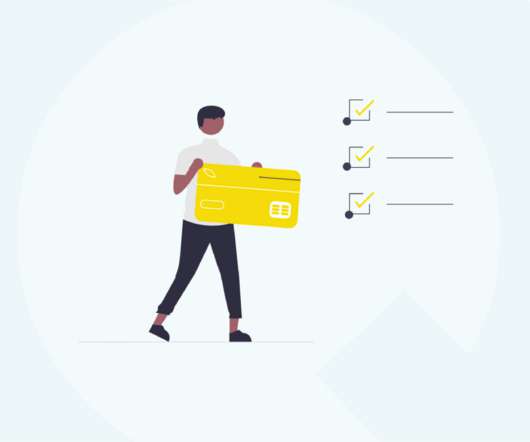Workforce forecasting: what it is and how to predict future needs
Homebase
MAY 31, 2023
Do you find yourself constantly juggling staffing levels, grappling with labor costs , and struggling to optimize your workforce’s productivity? Workforce forecasting empowers you to strike a balance between staffing levels and customer demand. Happy employees mean reduced turnover and a stronger, more dedicated team.



































Let's personalize your content